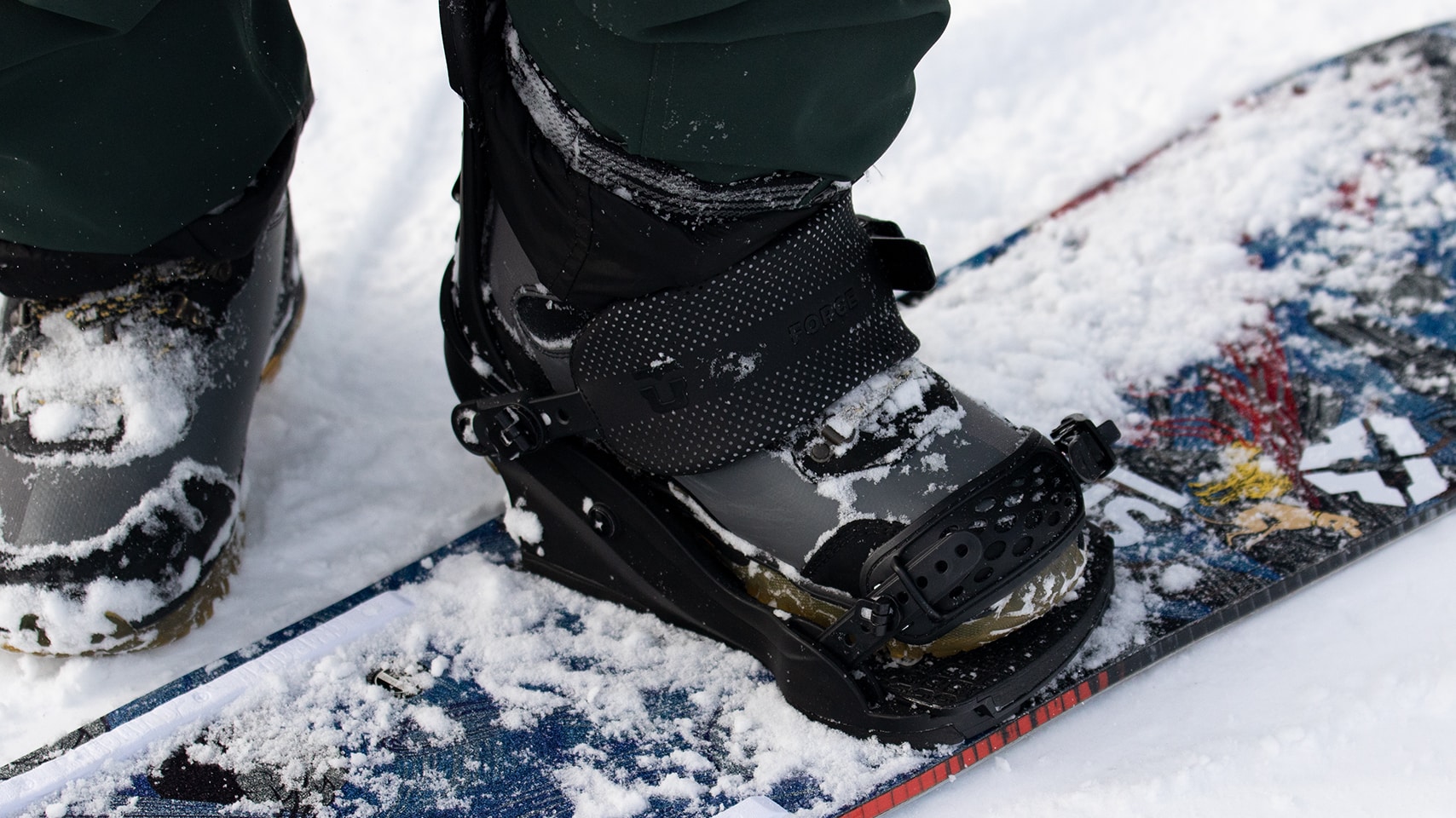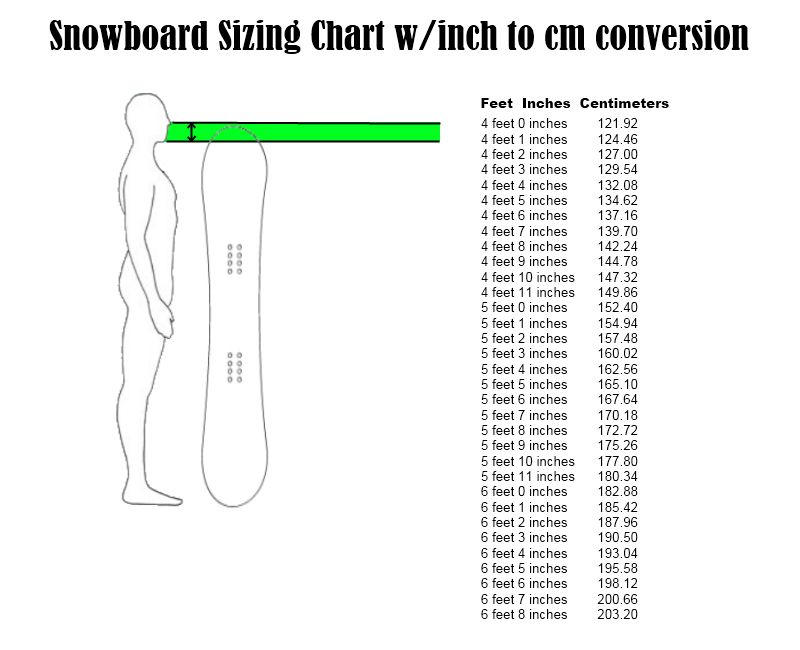Unlocking the Perfect Snowboard Width: Your Ride, Your Size
Ever felt that awkward, toe-dragging frustration on your snowboard? Or maybe you've seen riders effortlessly carving down the mountain, their boards seeming like extensions of their bodies? The secret often lies in a simple, yet crucial factor: snowboard width. Finding the correct width for your board isn’t just about comfort, it’s about control, performance, and unlocking your true potential on the snow.
Choosing the right snowboard width can feel like navigating a maze of technical specifications and rider jargon. But fear not, because understanding the nuances of snowboard width is more accessible than you think. It's a journey of discovery, a process of matching your unique physical attributes and riding style to the perfect board. And the payoff? Pure, unadulterated joy on the slopes.
The ideal snowboard width is intimately tied to your boot size. Too narrow, and your boots will overhang, catching the snow and interrupting your flow. Too wide, and you lose responsiveness and the ability to make quick, precise turns. The sweet spot is a width that allows for a slight overhang – typically around a half-inch – while maintaining the agility you need to navigate the mountain with confidence.
Snowboarding, a relatively young sport compared to skiing, has seen rapid evolution in both equipment and technique. Early snowboards were often wider and less specialized, designed for a more generalized riding style. As the sport progressed, riders began pushing the boundaries of what was possible, leading to the development of narrower, more specialized boards tailored to specific riding styles and terrain. The understanding of how crucial the correct width is has evolved right alongside the sport itself. One of the main issues related to snowboard width selection is the misinformation readily available – leading many to choose boards that are either too wide or too narrow.
The correct snowboard width is determined by measuring your boot size and considering your riding style. Freeriders who prefer powder and off-piste terrain often opt for slightly wider boards for better floatation. Freestyle riders, on the other hand, tend to favor narrower boards for increased maneuverability in the park and pipe. Understanding your riding preferences is key to finding the perfect width. For example, a rider with a size 10 boot who primarily rides groomers might choose a board with a waist width of around 25 centimeters.
One benefit of having the correct snowboard width is improved control. With your boots properly positioned on the board, you'll have more leverage and responsiveness, allowing you to make precise turns and maintain stability at higher speeds.
Another advantage is enhanced comfort. Eliminating boot drag reduces fatigue and allows you to ride longer without experiencing discomfort.
Finally, the correct width promotes better balance. A stable platform allows you to maintain your center of gravity, improving your overall balance and control on the board.
To find your ideal width: 1. Measure your boot size in centimeters. 2. Consult a snowboard width chart (easily found online or in snowboard shops). 3. Consider your riding style and adjust the recommended width accordingly.
Advantages and Disadvantages of Different Snowboard Widths
| Width | Advantages | Disadvantages |
|---|---|---|
| Narrow | Increased maneuverability, quicker edge-to-edge transitions, ideal for freestyle | Increased risk of boot drag, less stable at high speeds, not ideal for powder |
| Wide | Better float in powder, more stable at high speeds, suitable for larger riders | Less agile, slower edge-to-edge transitions, not ideal for freestyle |
Best Practice 1: Consult a professional boot fitter.
Best Practice 2: Research different snowboard brands and models.
Best Practice 3: Demo different boards before purchasing.
Best Practice 4: Consider your binding angles.
Best Practice 5: Don’t be afraid to experiment.
Real Example 1: A freestyle rider with size 9 boots chooses a narrower board for park riding.
Real Example 2: A freerider with size 12 boots opts for a wider board for powder days.
Real Example 3: A beginner with size 10 boots selects a mid-width board for all-mountain riding.
Real Example 4: An advanced rider with size 11 boots adjusts their binding angles to accommodate a slightly narrower board.
Real Example 5: A rider demos several boards of varying widths before finding the perfect fit.
FAQ 1: How do I measure my boot size for snowboard width?
FAQ 2: What is boot overhang?
FAQ 3: What is waist width?
FAQ 4: How does riding style affect snowboard width?
FAQ 5: What are the different types of snowboard widths?
FAQ 6: Can I ride a snowboard that is too wide?
FAQ 7: Can I ride a snowboard that is too narrow?
FAQ 8: Where can I find a snowboard width chart?
Tip: Consider your stance angles when determining snowboard width.
Trick: Use stance pads to reduce boot drag.
Finding the correct snowboard width is an essential step in maximizing your enjoyment and performance on the slopes. By understanding the factors influencing width selection, you empower yourself to make informed decisions that align with your individual needs and riding style. From enhanced control and increased comfort to improved balance and reduced fatigue, the benefits of riding the right width board are undeniable. So, take the time to research, experiment, and find the perfect fit. Your snowboarding journey will thank you for it. Embrace the process, enjoy the ride, and experience the true freedom of carving down the mountain with confidence and control. Don't settle for a subpar experience – unlock your full potential by choosing a board that truly fits.
The enduring power of jose sanchez del rio images a look at his legacy
Finding the extraordinary in the unexpected
Decoding email addresses why case almost never matters














